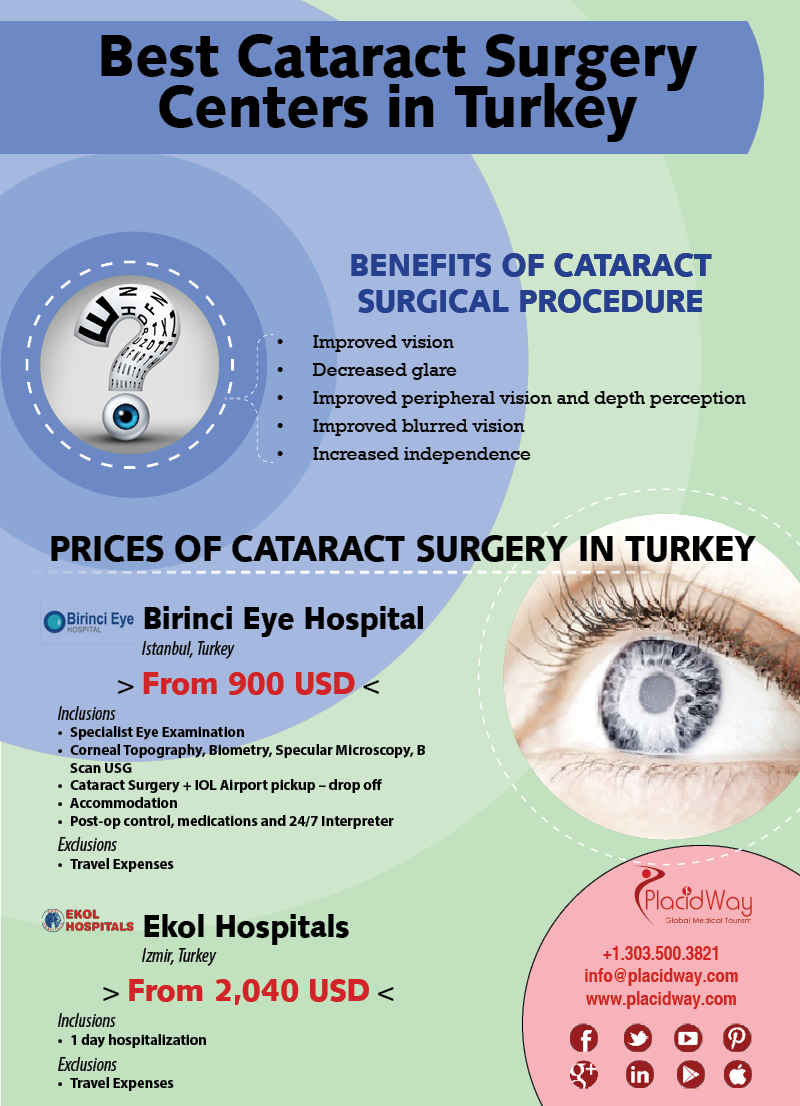Exactly How Does SMILE Eye Surgical Procedure Compare To LASIK And PRK?
Exactly How Does SMILE Eye Surgical Procedure Compare To LASIK And PRK?
Blog Article
LASIK Halo Effect By-Munksgaard Tang
If you have actually been considering SMILE eye surgical treatment, you might ask yourself just how it stacks up against LASIK and PRK. Each procedure has its own collection of advantages and factors to consider. From read the full info here to potential risks, there are key differences you should be aware of before making a decision. Comprehending these distinctions will certainly help you make an educated choice that straightens with your certain requirements and assumptions. Laser Eye Surgery For Astigmatism Cost to understand even more about how these procedures compare thoroughly? Continue exploring to obtain a comprehensive understanding of SMILE, LASIK, and PRK.
SMILE Eye Surgical Procedure Summary
If you're taking into consideration SMILE eye surgery, you'll find it to be a minimally intrusive treatment with a quick healing time. During SMILE (Tiny Cut Lenticule Removal), a laser is made use of to develop a little, exact cut in the cornea to get rid of a small piece of cells, reshaping it to remedy your vision. This differs from LASIK, where a flap is created, and PRK, where the outer layer of the cornea is totally removed.
Among Using Computer After LASIK of SMILE is its minimally intrusive nature, resulting in a faster healing procedure and less pain post-surgery. The recuperation time for SMILE is fairly quick, with several patients experiencing boosted vision within a day or two. This makes it a prominent option for those seeking a convenient and effective vision adjustment treatment. Additionally, SMILE has been revealed to have a reduced risk of dry eye syndrome contrasted to LASIK, making it a favorable alternative for individuals worried concerning this potential adverse effects.
Differences Between SMILE, LASIK, and PRK
When comparing SMILE, LASIK, and PRK eye surgical treatments, it is necessary to recognize the distinct methods utilized in each procedure for vision improvement.
SMILE (Little Incision Lenticule Extraction) is a minimally invasive procedure that involves developing a tiny cut to draw out a lenticule from the cornea, improving it to deal with vision.
LASIK (Laser-Assisted In Situ Keratomileusis) involves creating a slim flap on the cornea, using a laser to reshape the underlying tissue, and then rearranging the flap.
PRK (Photorefractive Keratectomy) eliminates the external layer of the cornea prior to reshaping the cells with a laser.
The main distinction depends on the method the cornea is accessed and dealt with. SMILE is flapless, making it a good option for individuals with slim corneas or those associated with contact sporting activities. LASIK uses fast aesthetic healing due to the flap production, yet it might pose a greater risk of flap-related difficulties. PRK, although having a much longer healing period, stays clear of flap-related concerns entirely.
Recognizing these differences is critical in choosing the most ideal treatment for your vision improvement needs.
Pros and Cons Comparison
To examine the advantages and disadvantages of SMILE, LASIK, and PRK eye surgical treatments, it's essential to consider the details benefits and potential restrictions of each treatment. SMILE surgery uses the benefit of a minimally invasive procedure, with a smaller laceration and possibly quicker healing time compared to LASIK and PRK. It also reduces the danger of dry eye post-surgery, an usual side effect of LASIK. However, SMILE may have limitations in dealing with higher degrees of nearsightedness or astigmatism compared to LASIK.
LASIK surgical procedure provides rapid visual healing and very little pain during the treatment. It's highly effective in treating a vast array of refractive errors, consisting of myopia, hyperopia, and astigmatism. Yet, LASIK lugs a threat of flap difficulties, which can affect the corneal framework.
PRK eye surgical treatment, while not as preferred as LASIK, prevents creating a corneal flap, lowering the threat of flap-related issues. It appropriates for clients with slim corneas or uneven corneal surfaces. However, PRK has a much longer recuperation time and might involve more pain throughout the healing process.
Conclusion
So, when it comes to picking in between SMILE, LASIK, and PRK, consider it like choosing the perfect set of footwear. SMILE resembles a sleek, comfortable pair of sneakers - fast and very easy.
LASIK is a lot more like stylish high heels - showy and quickly, however with some potential dangers.
PRK resembles durable hiking boots - trusted and resilient, but calling for a little bit even more effort and time.
Inevitably, the most effective option depends upon your specific demands and preferences.
